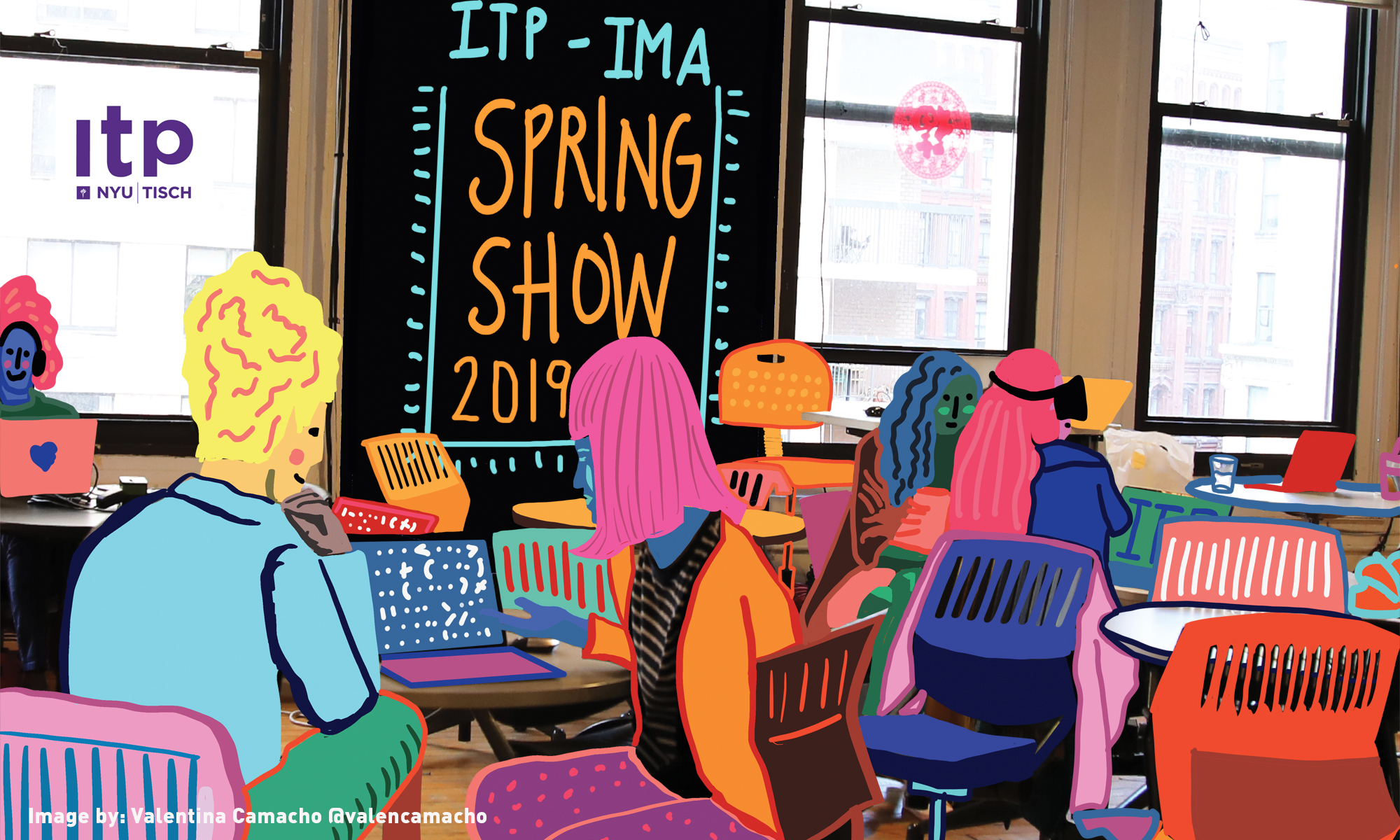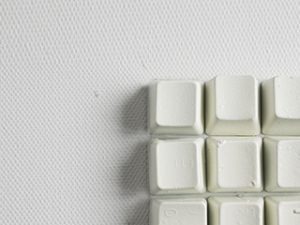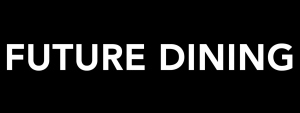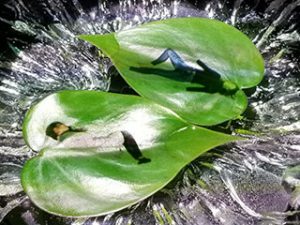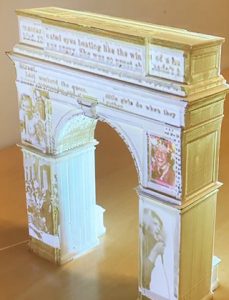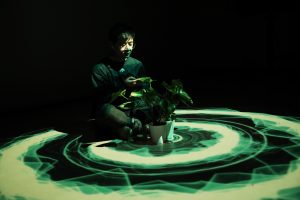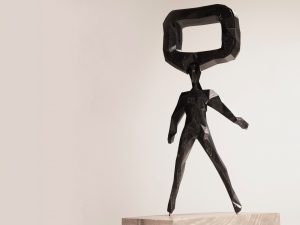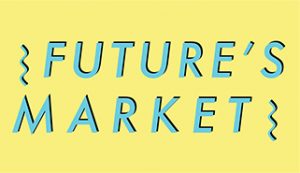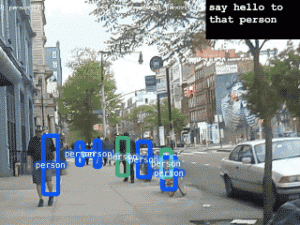Chengchao Zhu
Winding Time is an experimental installation that conveys the idea of how people’s relative speed affects their personal timeline and how people’s movement influence their time spread in a particular space.
https://chengchaozz.com/#/winding-time/
Description
People think time as a measurement, because of its absoluteness. Consequently, we let time decides our life; we encounter endless deadlines; we are busy fighting with time. I can’t stop thinking about why people have so many struggles with the notion that human created. While, about time, Einstein’s theory of relativity has given us a new perspective to consider time as a changing element around us, it’s not only dynamic but also personal. People have their personal timelines because of their relative speed to others and different interactions within the space.
Winding Time is an experimental interactive installation trying to visualize how people with different speed have different timelines and how their timelines demonstrate their movements spread in a particular space. What the installation showed could consider as a short recent personal timeline trace which was affected by their movement and speed.
Winding Time invites people to wind up a clockwork motor, and while it is releasing, the stretched personal timeline will be generated gradually according to the recent past with timestamps. People will be able to observe their past timeline and also could compare theirs to others’.
Classes
Thesis
